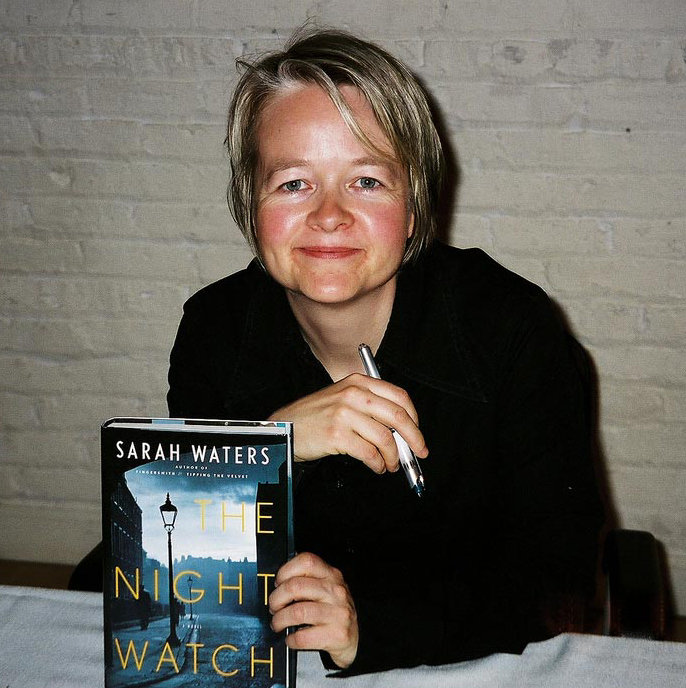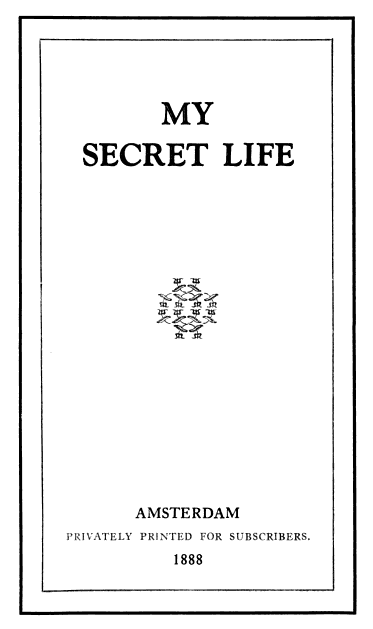|
Tipping The Velvet
''Tipping the Velvet'' (1998) is a historical novel by Sarah Waters; it is her debut novel. Set in England during the 1890s, it tells a coming of age story about a young woman named Nan who falls in love with a male impersonator, follows her to London, and finds various ways to support herself as she journeys through the city. The picaresque plot elements have prompted scholars and reviewers to compare it to similar British urban adventure stories written by Charles Dickens and Daniel Defoe. The novel has pervasive lesbian themes, concentrating on eroticism and self-discovery. Waters was working on a PhD dissertation in English literature when she decided to write a story she would like to read. Employing her love for the variety of people and districts in London, she consciously chose an urban setting. As opposed to previous lesbian-themed fiction she had read where the characters escape an oppressive society to live apart from it, Waters chose characters who interact with th ... [...More Info...] [...Related Items...] OR: [Wikipedia] [Google] [Baidu] |
Sarah Waters
Sarah Ann Waters (born 21 July 1966) is a Welsh novelist. She is best known for her novels set in Victorian society and featuring lesbian protagonists, such as ''Tipping the Velvet'' and '' Fingersmith''. Life and education Early life Sarah Waters was born in Neyland, Pembrokeshire, Wales in 1966. She later moved to Middlesbrough when she was eight years old. She grew up in a family that included her father Ron, mother Mary, and a "much older" sister. Her mother was a housewife and her father an engineer who worked on oil refineries. She describes her family as "pretty idyllic, very safe and nurturing". Her father, "a fantastically creative person", encouraged her to build and invent. Waters said, "When I picture myself as a child, I see myself constructing something, out of plasticine or papier-mâché or Meccano; I used to enjoy writing poems and stories, too." She wrote stories and poems that she describes as "dreadful gothic pastiches", but had not planned her career. ... [...More Info...] [...Related Items...] OR: [Wikipedia] [Google] [Baidu] |
Miranda Seymour
Miranda Jane Seymour (born 8 August 1948) is an English literary critic, novelist and biographer. The lives she has described have included those of Robert Graves and Mary Shelley. Seymour, a Fellow of the Royal Society of Literature, has in recent years been a visiting Professor of English Studies at Nottingham Trent University and a Fellow of the Royal Society of Arts. Early life and education Miranda Seymour was two years old when her parents moved into Thrumpton Hall, the family ancestral home, a Jacobean mansion in the quiet village of Thrumpton, Nottinghamshire, on the south bank of the River Trent. She studied at Bedford College, London, now part of Royal Holloway, University of London, earning a BA in English in 1981. Career Seymour's works include biographies of Lady Ottoline Morrell, Mary Shelley and Robert Graves, about whom she also wrote a novel, ''The Telling'' and a radio play, ''Sea Music''. She wrote a group portrait of Henry James in his later years, ... [...More Info...] [...Related Items...] OR: [Wikipedia] [Google] [Baidu] |
Pembrokeshire
Pembrokeshire ( ; cy, Sir Benfro ) is a Local government in Wales#Principal areas, county in the South West Wales, south-west of Wales. It is bordered by Carmarthenshire to the east, Ceredigion to the northeast, and the rest by sea. The county is home to Pembrokeshire Coast National Park. The Park occupies more than a third of the area of the county and includes the Preseli Hills in the north as well as the Pembrokeshire Coast Path. Historically, mining and fishing were important activities, while industry nowadays is focused on agriculture (86 per cent of land use), oil and gas, and tourism; Pembrokeshire's beaches have won many awards. The county has a diverse geography with a wide range of geological features, habitats and wildlife. Its prehistory and modern history have been extensively studied, from tribal occupation, through Roman times, to Welsh, Irish, Norman, English, Scandinavian and Flemish influences. Pembrokeshire County Council's headquarters are in the county ... [...More Info...] [...Related Items...] OR: [Wikipedia] [Google] [Baidu] |
Synesthesia In Literature
Fictional works that have main characters with synesthesia and non-fiction books to non-specialist audiences reflect the condition's influence in popular culture and how non-synesthetes view it. Synesthesia is a neurological condition in which one or more sensory modalities become linked. However, for over a century, synesthesia has also been the artistic and poetic devices that try to connect the senses. Not all depictions of synesthesia in the fictional works are accurate. Some are highly inaccurate and reflect more the author's interpretation of synesthesia than they do the phenomenon itself. For example, Edgar Allan Poe physiologically incorrectly explained synesthesia via a connection between tympanum and retina. Scientific works are intended to accurately depict synesthetic experiences. However, as research advances, subsequent studies may supersede or correct some of the specific details in older accounts. In addition to its role in art, synesthesia has often been used a ... [...More Info...] [...Related Items...] OR: [Wikipedia] [Google] [Baidu] |
Male Prostitution
Male prostitution is the act or practice of men providing sexual services in return for payment. It is a form of sex work. Although clients can be of any gender, the vast majority are older males looking to fulfill their sexual needs. Male prostitutes have been far less studied than female prostitutes by researchers. Even so, male prostitution has an extensive history including regulation through homosexuality, conceptual developments on sexuality, and the HIV/AIDS, monkeypox, and COVID-19 epidemic impact. In the last century, male sex work has seen various advancements. Popularizing new sexual acts, methods of exchange, and carving out a spot in cinema. Today, there is a focus on improving the work conditions, treatment, and mental health of male sex workers. Terminology The terms used for male prostitutes generally differ from those used for females. Some terms vary by clientele or method of business. Where prostitution is illegal or taboo, it is common for male prostitutes t ... [...More Info...] [...Related Items...] OR: [Wikipedia] [Google] [Baidu] |
My Secret Life (erotica)
''My Secret Life'', by "Walter", is the memoir of a gentleman describing the author's sexual development and experiences in Victorian England. It was first published in a private edition of eleven volumes, at the expense of the author, including an imperfect index, which appeared over seven years beginning around 1888. The work itself is enormous, amounting to over one million words, the eleven original volumes amounting to over 4,000 pages. The text is repetitive and highly disorganised and the literary quality is negligible, but its frank discussion of sexual matters and other hidden aspects of Victorian life make it a rare and valuable social document. According to Steven Marcus, it is virtually the only source for information on London's houses of prostitution, in which Walter spent many hours. It has been described as "one of the strangest and most obsessive books ever written". Publishing and bans The first edition was probably printed by Auguste Brancart, in an impres ... [...More Info...] [...Related Items...] OR: [Wikipedia] [Google] [Baidu] |
Street Lavender
A street is a public thoroughfare in a built environment. It is a public parcel of land adjoining buildings in an urban context, on which people may freely assemble, interact, and move about. A street can be as simple as a level patch of dirt, but is more often paved with a hard, durable surface such as tarmac, concrete, cobblestone or brick. Portions may also be smoothed with asphalt, embedded with rails, or otherwise prepared to accommodate non-pedestrian traffic. Originally, the word ''street'' simply meant a paved road ( la, via strata). The word ''street'' is still sometimes used informally as a synonym for ''road'', for example in connection with the ancient Watling Street, but city residents and urban planners draw a crucial modern distinction: a road's main function is transportation, while streets facilitate public interaction. [...More Info...] [...Related Items...] OR: [Wikipedia] [Google] [Baidu] |



